News Center |
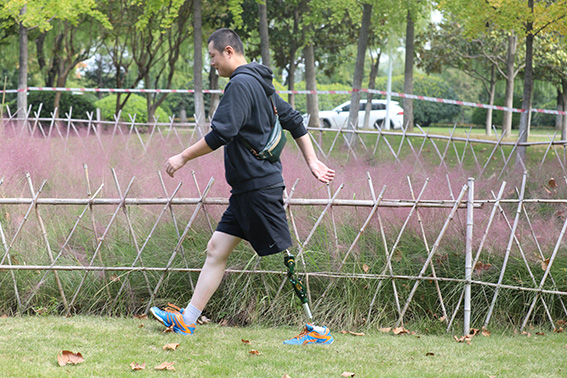
In lower limb prosthetics, the knee is a very important structure in the lower limb prosthesis, and the movement function of the human knee is quite complex, so can the knee of the prosthesis be able to play the same performance as the human knee?
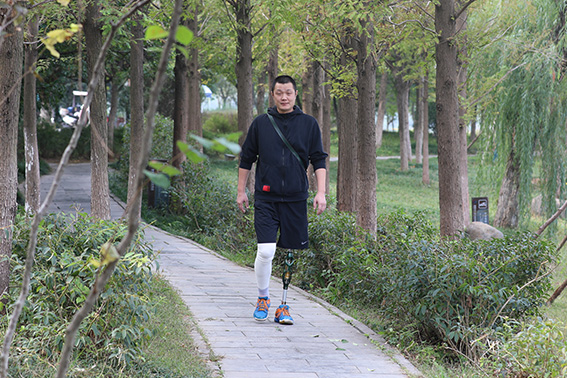
Generally speaking, the basic requirement of the prosthesis for the knee is to be able to maintain stability during the support phrase and be able to bend during the swing phrase. There are many types of knee with different functions. According to the number of rotating axes, the knee is divided into single-axis knee and multi-axis knee. According to the stability control method of the support phrase, the knee is divided into manual lock knee, weight-bearing self-lock knee, and geometric lock knee. According to the swing phrase control method, knees are divided into single pendulum joints, friction control joints, pneumatic joints, hydraulic joints, and microelectronic control joints. According to different materials, there are knees with single alloy steel, stainless steel, titanium alloy, and different composite forms of knees such as aluminum alloy and stainless steel, carbon fiber and stainless steel. For long stump AK prosthesis and knee disconnection prosthesis, there are specially designed knee disconnection joints.
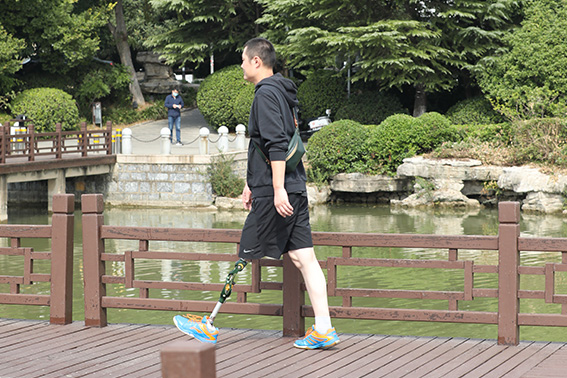
The prosthetic knee should ensure stability during the support phrase and provide appropriate knee torque during the swing phrase to achieve flexible and natural swing. When the foot is off the ground and enters the swing phrase, the movement of the leg depends on the swing of the AK and the torque of the knee. The size and pattern of knee torque are related to walking speed, road surface conditions and human body parameters. The knee torque can be provided by friction, spring force, pneumatic device, hydraulic device.
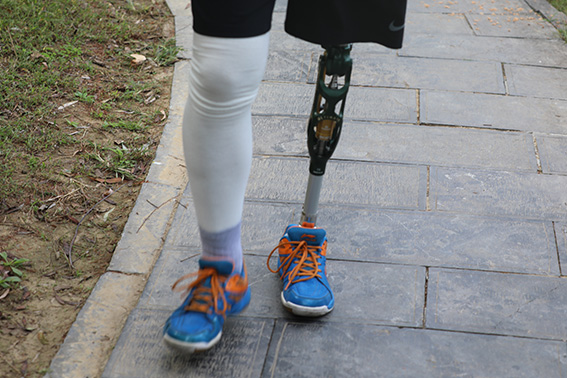
The gait following of the AK prosthesis is very critical, because if the knee damping cannot be changed, the prosthesis cannot change with the gait speed of the healthy limb, resulting in asymmetrical gait, increased energy consumption of amputee patients, and great discomfort. The traditional simple prosthesis adopts mechanical damping, and its size cannot be adjusted or automatically changed with the pace of the prosthesis, so the flexion of the prosthesis during the gait swing and the knee rotation speed during the extension phrase are asymmetrical with the healthy limb, and the stability during the standing phrase is mainly ensured by a self-locking device or manual lock.
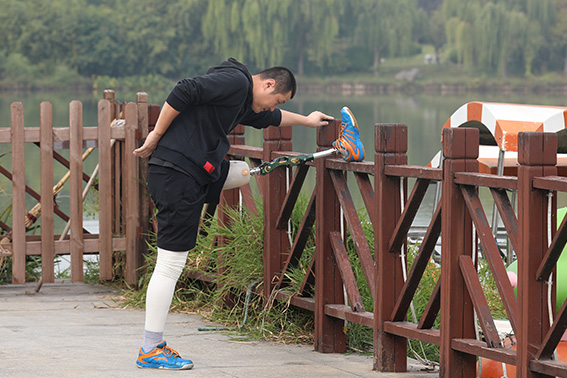
Copyright © 2015 USA-YOBAND. All Rights Reserved 沪ICP备09003269号